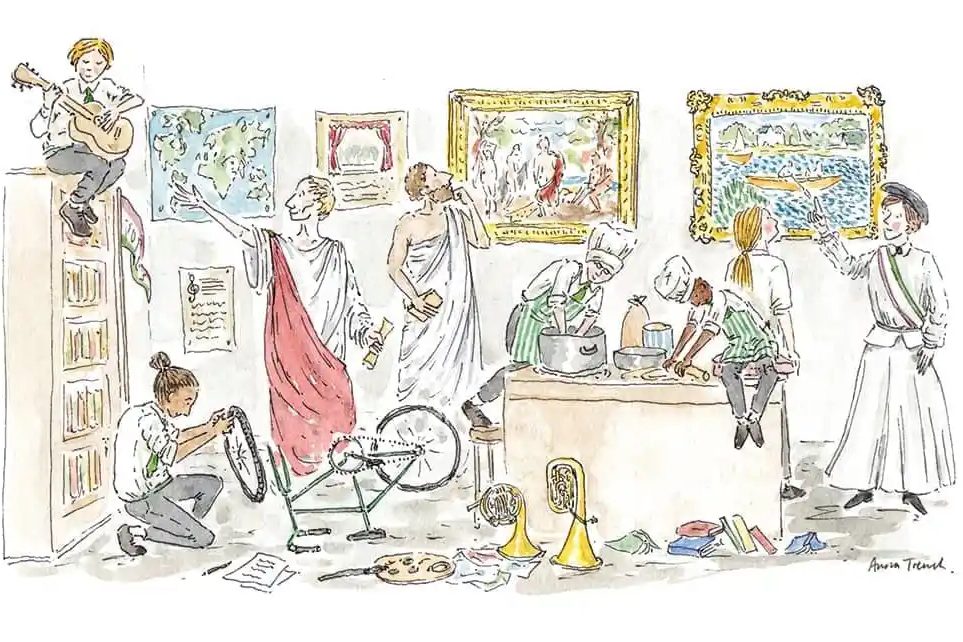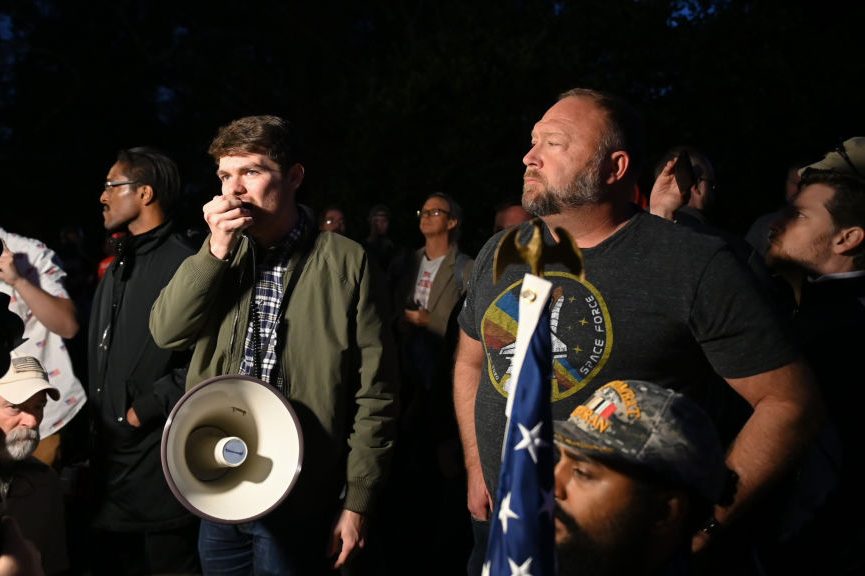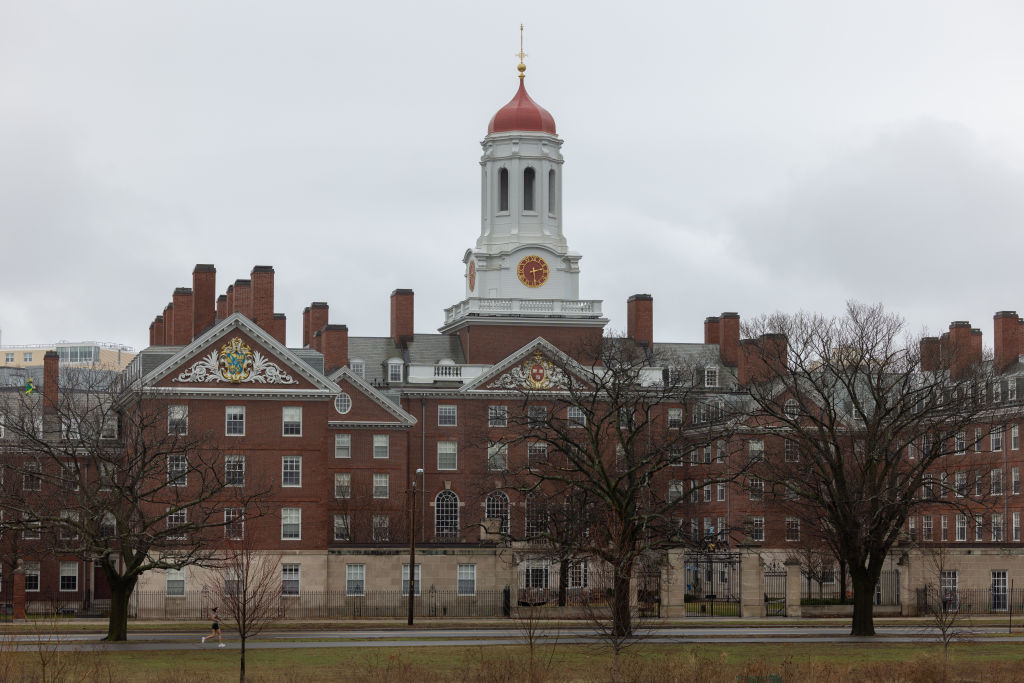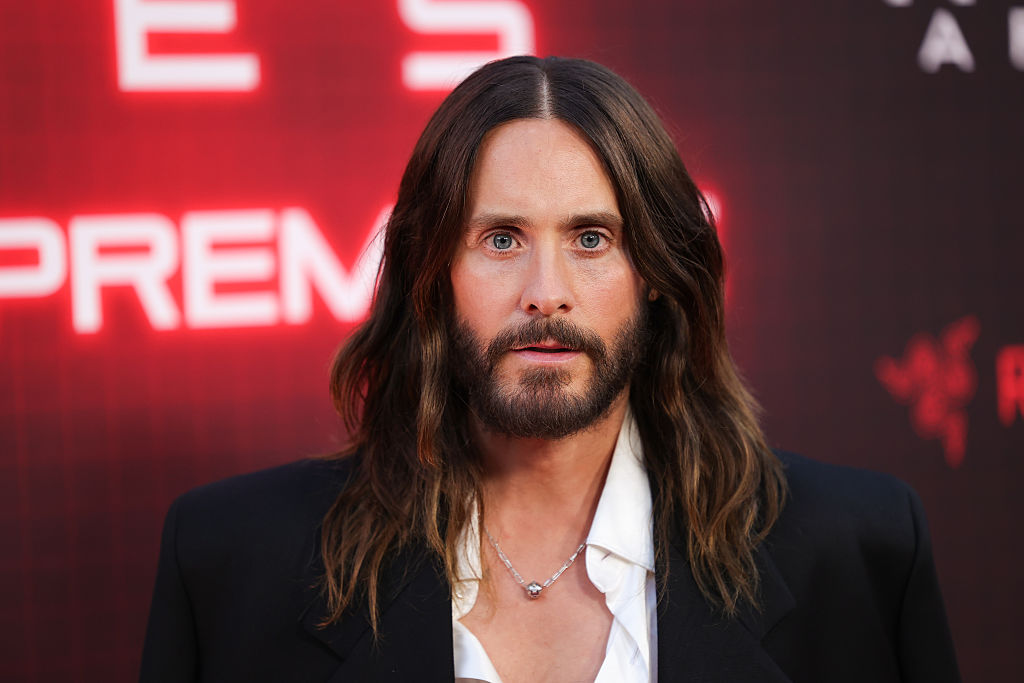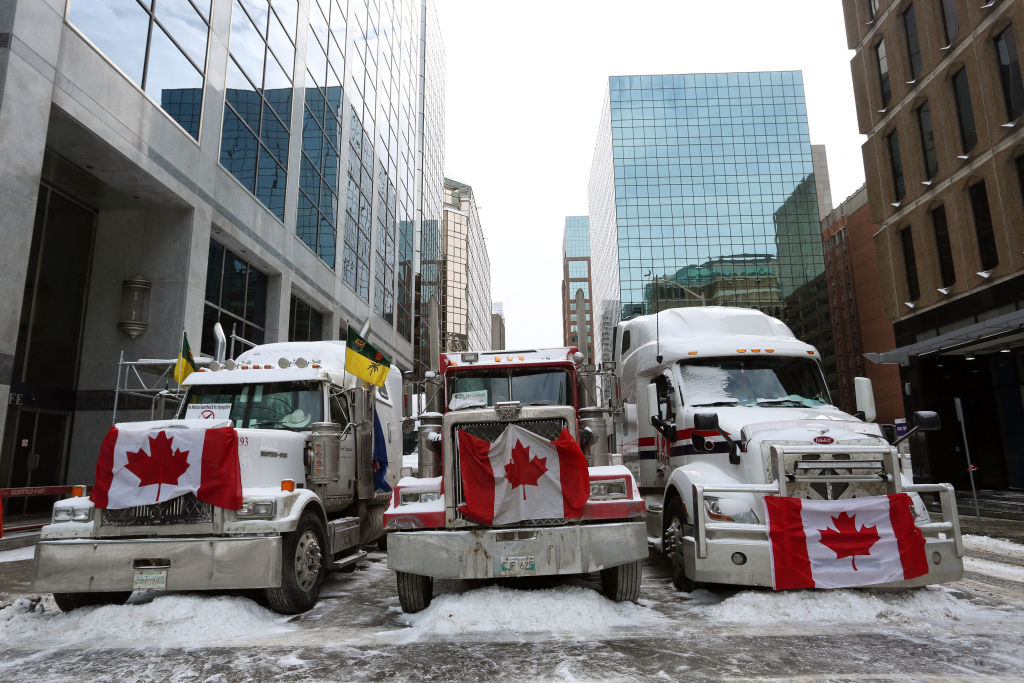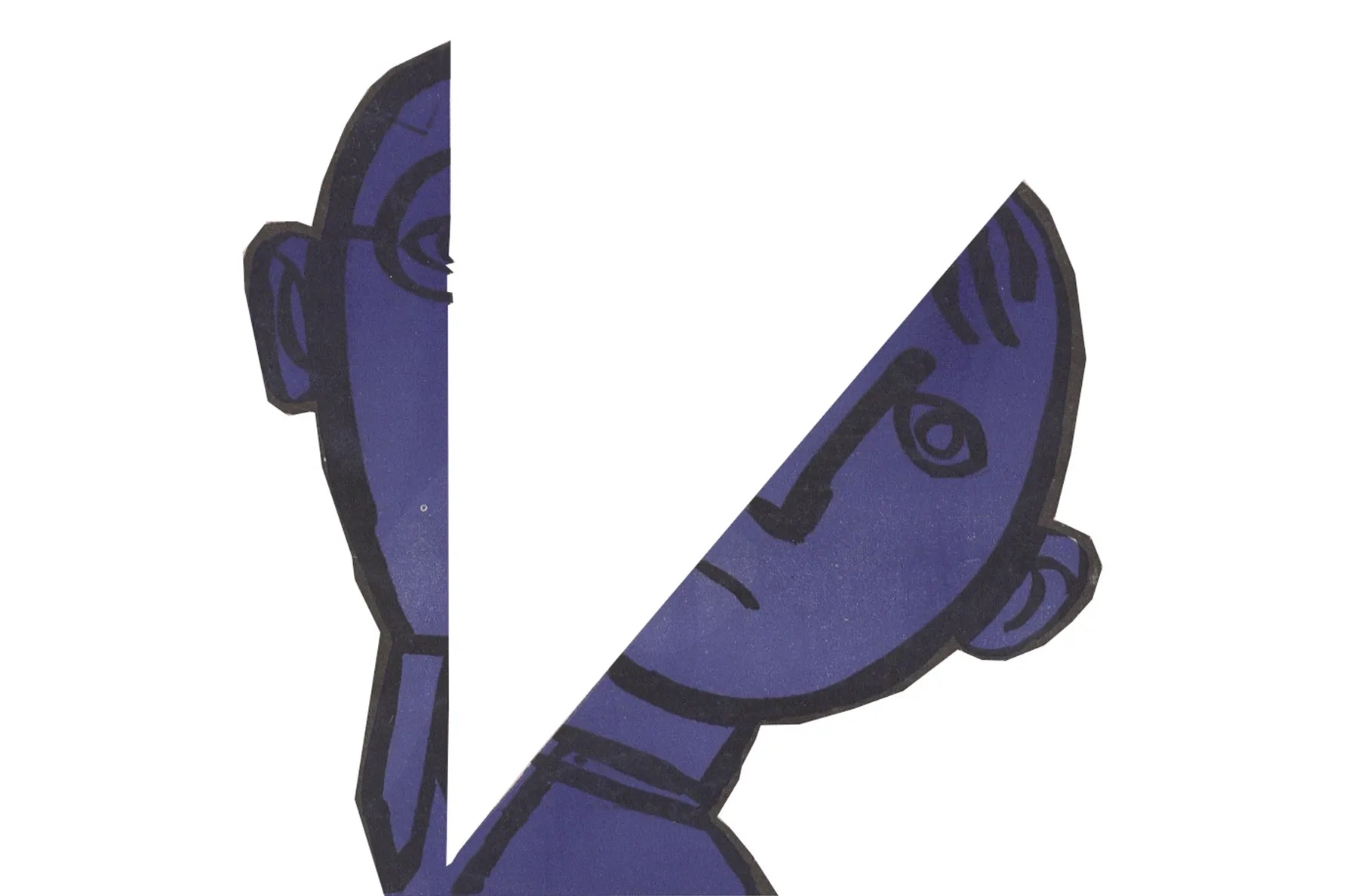As the omicron wave crests and public schools face teacher sickouts, strikes, and a rash of student absences, it is worth reviewing some basic facts about the pandemic and public education.
The results of last year’s experiment in remote learning have confirmed what any minimally competent teacher could have told you from the outset: instructing students online yields disastrous consequences. Indeed, the results are so bad that defenders of a maximally cautious approach can only argue about terminology (please don’t say “learning loss!”) while proposing that we shouldn’t actually measure how far students fell behind under lockdown. Meanwhile, the psychological costs of the pandemic era continue to mount. President Biden’s own surgeon general has called it a “youth mental health crisis.”
Add in the prevalence of a comparatively mild omicron variant, the widespread availability of vaccines and booster shots, and nearly two years worth of data showing kids’ remarkable resistance to Covid, and the case for keeping schools open is stronger than ever. Although a return to sweeping, district-wide shutdowns is unlikely, temporary closures and restrictive Covid policies continue to hamstring public schools. The flawed decision-making calculus that gave us school shutdowns last year now informs a host of policies that hurt students and delay a return to anything approaching educational normalcy.
One defense of “temporary” school shutdowns, echoed widely, is that they’re necessary to implement new safety procedures and accommodate widespread teacher and student absences. This second point would be more persuasive if teachers weren’t actively contributing to the problem. Coordinated teacher sickouts have crippled an entire school district in Oakland. Chicago’s public schools were shuttered last week after teachers went on strike. In early December, Los Angeles public schools had to close temporarily because hundreds of teachers refused to get vaccinated. As for student walkouts, the less said the better. No school system can afford to have policy dictated by teenagers.
Asking for time to implement new safety procedures sounds reasonable, at least until you consider schools’ track record on public health spending. Despite two years’ worth of data, education higher-ups still don’t seem to understand the risks posed by Covid. Schools are plastered with reminders to wash your hands and New York City still brags about “deep cleaning” classrooms, even though we’ve known for at least a year that the risk of surface transmission is negligible. No less an authority than MSNBC host Chris Hayes points out that Congress allocated $123 billion for school safety measures last year, which comes out to nearly $1 million per school. This is a pittance compared to school safety spending in many European countries, which have nevertheless managed to keep their schools open far longer (and with no wave of student deaths or hospitalizations). Adding insult to injury, much of the money allocated for school safety remains unspent.
Even before the omicron wave, school safety procedures bordered on the ridiculous, from plexiglass barriers between desks to rules against lunchroom conversation to overly restrictive quarantine policies. Only in October did Chicago reduce its mandatory quarantine for asymptomatic students exposed to Covid from fourteen days to ten. School districts had to coax teachers and their unions into returning to the classroom by promising maximally cautious health measures. Now the absences and disruptions caused by these measures, exacerbated by a mild but extremely contagious omicron variant, are being used to justify more shutdowns.
To be fair to teachers, parents are at least partly to blame for Covid overreactions. School shutdowns were initially quite popular and driven by genuine fear of the coronavirus. The rapid spread of omicron has revived these concerns. After students returned from winter break, public school attendance in New York City dropped below 70 percent. Ill-founded or not, parental hesitancy and widespread absences make any effort to resume normal teaching a challenge.
But before placing all the blame on parents’ shoulders, we should ask where harried mothers and fathers got the idea that omicron poses an existential threat to their children. Despite a few dissenters, the prevailing Covid outlook among high-profile figures and elite institutions might reasonably be described as hysterical. Ivy League universities enforce outdoor mask mandates and confine fully vaccinated students to quarters. Doctors refuse to take their own injured children to emergency rooms for fear of omicron and then brag about it on Twitter.
The Salt Lake Tribune’s editorial board has suggested deploying the National Guard to force the unvaccinated to remain in their homes. In recent oral arguments, Supreme Court Justice Sonia Sotomayor casually asserted that over 100,000 children are in serious condition because of Covid. If a Supreme Court justice can’t be bothered to acquaint herself with basic facts about the pandemic, is it any wonder that parents have been cowed by terrifying headlines and histrionic social media outbursts?
The initial promise of vaccines was that they were a silver bullet, a quick return to pre-Covid normalcy and a chance to get kids back in school. Now the conventional wisdom has shifted. If Covid isn’t going anywhere, public schools cannot afford to be held hostage by their most hysterical employees or to be caught unprepared by every new wave. Even before the latest closures, schools were dealing with serious disciplinary problems because students have lost the habit of regularly attending classes, sitting still during lectures, and working cooperatively with teachers and peers. Abruptly jerking kids back and forth between in-person classes, remote instruction, and a cumbersome hybrid approach will only exacerbate these problems. The answer is to insist on a return to normal instruction under all but the most dire public health conditions.
For schools, the underlying reality of the pandemic has not changed appreciably since the beginning of the fall semester. Online learning is bad. Kids, especially after widespread vaccination campaigns, are at very little risk. Teachers should do their jobs. Every week lost to school closures, every lunch hour made miserable by Covid restrictions, and every tedious Zoom lecture is a failure of our public education system. Schools’ first priority should be to put the pandemic era behind them as soon as possible.












